OSMA-Funded Research Provides Improved Methods for Fitness-For-Service Assessments of Ground-Based MLPVs
February 20, 2024
5-minute read
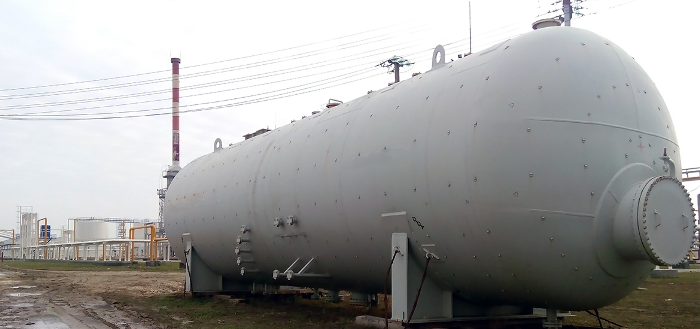
The Office of Safety and Mission Assurance is currently engaged in a multi-year program to develop continued use fitness-for-service approaches and sustainment logic for aging ground-based Multi-Layered Pressure Vessels.
Don’t Miss This JWST Micrometeoroid Mitigation Update
November 17, 2022
1-minute read
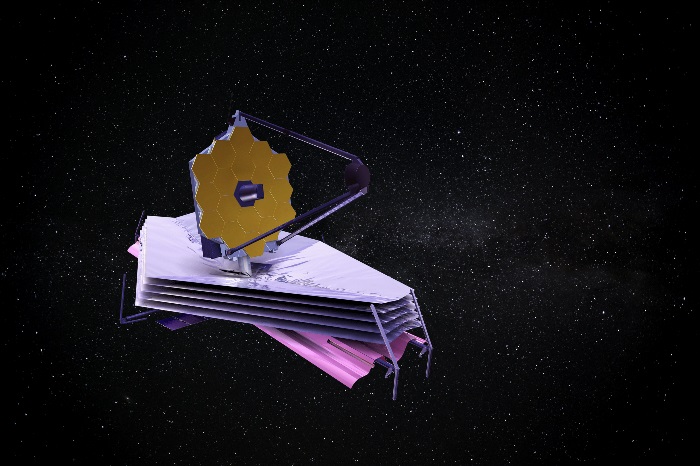
NASA engineered the James Webb Space Telescope (JWST) to withstand continual bombardment from dust-sized particles moving at extreme velocities, known as micrometeoroid strikes. To date, JWST is averaging one to two strikes a month.
Protecting the Planet: Planetary Protection vs. Planetary Defense
October 14, 2022
2-minute read

Although both Planetary Protection and Planetary Defense programs at NASA include the word “planetary” and aim to protect the planet, that’s where similarities end. These two vital efforts oversee very different aspects of the agency’s role in protecting Earth, and in some cases, other planets.
Ingenuity Helicopter to Take Flight in April
April 08, 2021
3-minute read
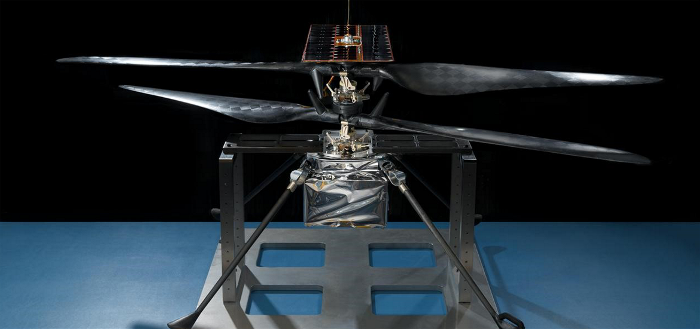
The Mars Ingenuity Helicopter will take its first steps toward demonstrating powered flight in the Martian atmosphere, with a first attempt at a powered, controlled flight of an aircraft on another planet scheduled for no earlier than April 8, 2021. The helicopter rode to Mars in the Perseverance Rover's belly pan and will be deployed for flight testing from the red planet's surface in April.
NASA’s Continued Use of PJVS for Calibrations Ensures Peak Accuracy
March 19, 2021
2-minute read
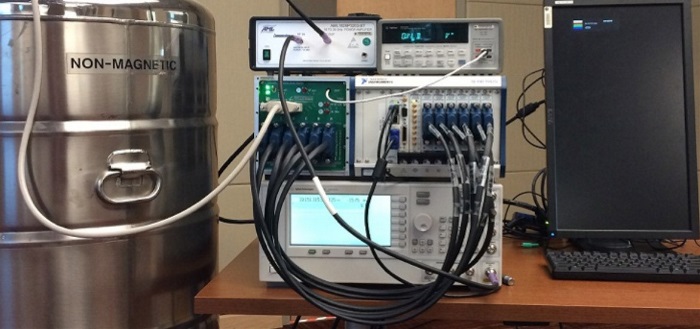
NASA uses the Programmable Josephson Voltage Standard (PJVS) to ensure the agency’s calibrations include the most accurate voltage measurement with the lowest measurement uncertainty possible.
Langley Unveils NDE Simulation and Modeling Tools
March 19, 2021
1-minute read
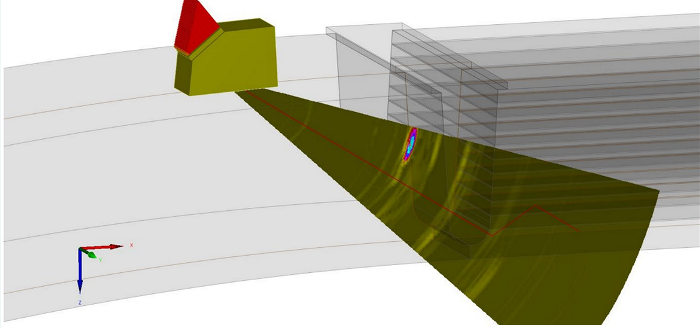
Langley Research Center is actively using state-of-the-art Nondestructive Evaluation (NDE) modeling and simulation tools to accelerate the adoption of advanced materials and ensure the safety of aging infrastructure.
Mars Perseverance Rover Set to Land on the Red Planet Feb. 18
February 16, 2021
2-minute read
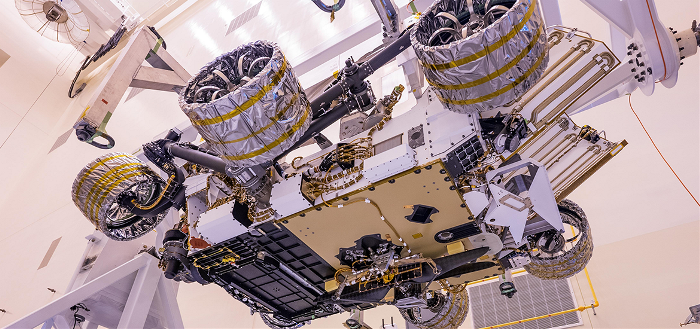
The Mars 2020 mission, including the Perseverance Rover and Ingenuity Helicopter, will land on Mars on February 18, 2021. A first on a Mars mission, the Sample Caching System included on Perseverance will collect and store short cores of Martian rocks and soils destined for future return to Earth and study with advanced instrumentation. The system is complex, including a drill for sample collection and tubes to seal and store the collected samples until a future mission can retrieve them.
New Tool for Developing Safety Assurance Cases
September 22, 2020
5-minute read

NASA projects go through the full life cycle, from concept to implementation to closeout, with a number of reviews along the way. These reviews ensure that the developed project can meet mission objectives and do so safely. The project must make a case for itself: show and explain why the system will work as intended. Enter, the safety assurance case, or simply safety case as it may be more commonly known. Researchers at Ames Research Center have been fine tuning their notion of the safety case and developing a tool to make its development easier.
OSMA Promotes Development of NASGRO® Software for Use on Ground-Based Pressure Systems
August 07, 2020
6-minute read
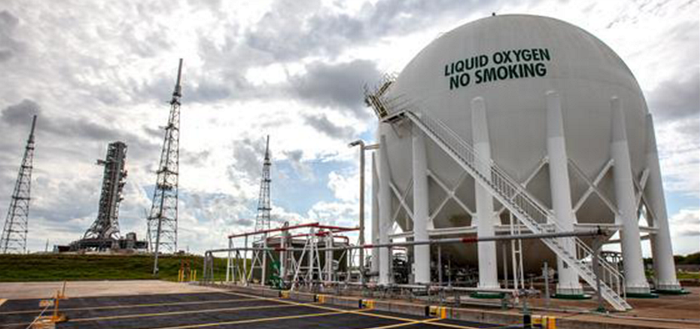
In recent years, the Office of Safety and Mission Assurance (OSMA) Pressure Systems program accomplished a number of efforts to facilitate broader use of NASGRO for the analysis and sustainment of pressure systems. By expanding the use of NASA’s perpetual, royalty-free NASGRO license, centers across the agency will realize a significant cost savings.
How NASA Centers Manage Explosives Risks
January 29, 2020
9-minute read
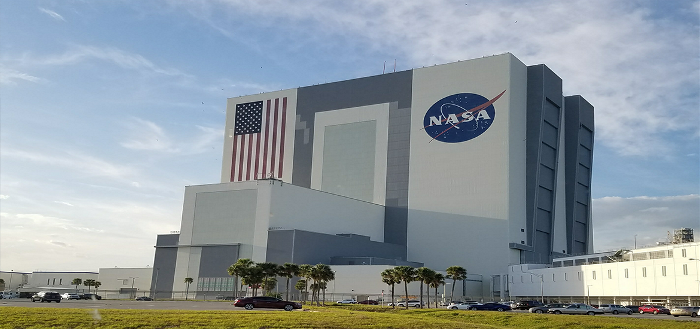
When working with explosives, it’s essential to fully understand the hazards and potential risks to employees and facilities in the area should something go wrong. However, it’s also possible for non-explosive materials to become energetic in a way that poses similar, potentially deadly and damaging risks. These high-risk operations — whether relative to “traditional” explosives or energetic materials — need to be properly managed to ensure a safe work environment. How Explosives Safety Officers are assessing and managing that risk varies from center to center to accommodate the diverse environments and work being done. The following examples show how three unique NASA centers and facilities are managing these risks.